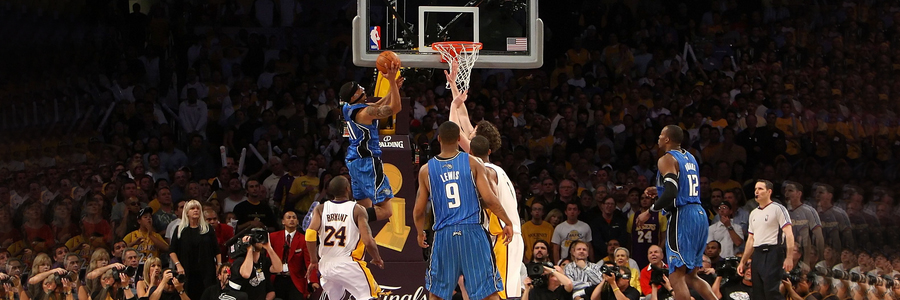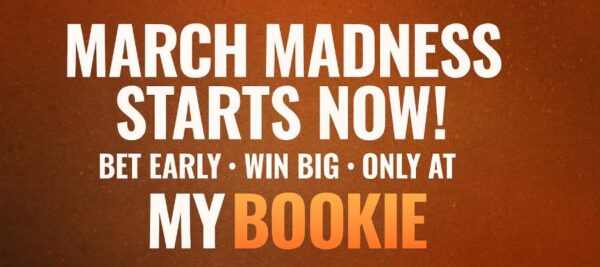Going by the huge amounts of profits that have been racked up from the NBA playoff betting odds over the past couple of decades using the NBA Zig-Zag Theory, I think it’s about time we stop calling it a theory and officially brand it as a tried-and-proven betting strategy.
Simply put, the NBA Zig-Zag Theory is a popular sports betting system that is pegged on a simple concept—bet on whichever team that lost its previous game during the NBA Playoffs, either on the SU or ATS line (or both) depending on the strength of the team that lost its previous game. The premise behind this betting system is that teams will more-often-than-not fight harder to make up for lost ground following a loss to avoid elimination in the series. Two key principles or logics account for the play in the Zig-Zag Theory. First is that the team that lost the previous game will be highly motivated to better in the next contest and Second is that the Oddsmakers tend to shift the NBA betting lines in favor of the teams that won the previous games.
NBA Betting Center
NBA Playoff Betting 101: Maximizing Your Profits Using the NBA Zig-Zag Theory
Generally, most smart cappers use this theory to handicap the ATS, though a select number of handicappers occasionally use it when picking SU lines. A recent report by ESPN underscores the value of using this handicapping system in the ATS lines, saying that: The Zig-Zag theory was a very profitable 311-249-10 ATS (55.5 percent) from the 1991 NBA playoffs through 2000, according to the betting results kept by Marc Lawrence of playbook.com. As per other sources, from 1991 through 2015, here’s how the Zig Zag Theory has reportedly played out in the ATS lines:- Overall: 819-726-38 (53.0%)
- Game Two: 204-159-13 (56.2%)
- Game Three: 201-168-8 (54.5%)
- Game Four: 167-170-8 (49.6%)
- Game Five: 135-124-7 (52.1%)
- Game Six: 79-70-2 (51.6%)
- Game Seven: 30-27-2 (52.5%)
- Round One: 393-346-22 (53.2%)
- Round Two: 204-159-13 (56.2%)
- Round Three: 120-111-6 (51.9%)
- Round Four: 60-53-3 (53.1%)
- No. 1 Seeds: 117-106-5 (52.5%)
- No. 2 Seeds: 113-92-4 (55.1%)
- No. 3 Seeds: 97-85-9 (53.3%)
- No. 4 Seeds: 80-76-1 (51.3%)
- No. 5 Seeds: 75-71-3 (51.4%)
- No. 6 Seeds: 81-76-2-2 (51.6%)
- No. 7 Seeds: 44-65-4 (40.4%)
- No. 8 Seeds: 66-46-5 (59.0%)
The Zig-Zag Theory and the 2016 NBA Playoffs
Based on the results of the Game 2 matchups of the Round 1 of the 2016 NBA playoffs so far, the Zig-Zag system is 2-2-1 ATS vs. closing numbers, with the biggest of the covers thus far being Dallas’ outright win over Oklahoma City in Game 2 as a 13-point road underdog, an incredible win that came after OKC routed the Mavs by 30-plus points in Game 1. As a note, however, the Zig-Zag betting scheme hasn’t been that strong since the turn of the century, recording at 475-444-27 ATS (51.6 percent) from 2001 through 2013, per ESPSN. Nonetheless, the profit margin is still considerably good—compared to many handicapping systems out there (probably yours included)—hence making it a strategy worth adding to your NBA playoff betting resume.NBA Betting Center
NBA Odds and Lines
| NBA Betting |
| Make the Playoffs |
| Championship Odds |
| Conferences Odds |
| Divisions Odds |
| What about NBA? |
- NBA First Half Betting Guide 2025 — Live Odds, Picks & Strategy for Weekend Games
- Why Your Team Won’t Win the Title (But Could Win the NBA Cup): The Futures Paradox
- What About you MyBookie NBA Predictions? Know the Favorites on each Division, Conference and Championship
- Your Cheat Sheet to Winning NBA Draft Prop Bets: Expert Strategies Revealed!
- Check out the 2025 NBA Championship Betting Odds this Week on MyBookie: Who is the favorite?




